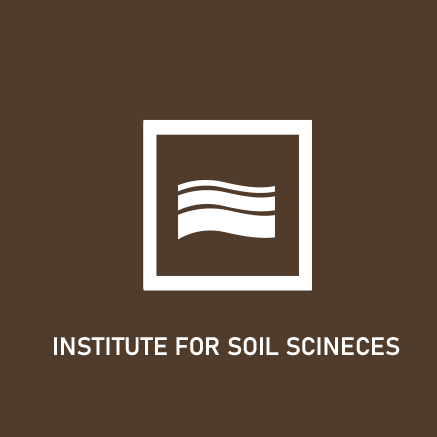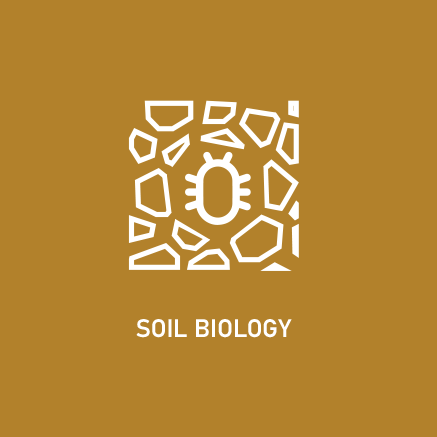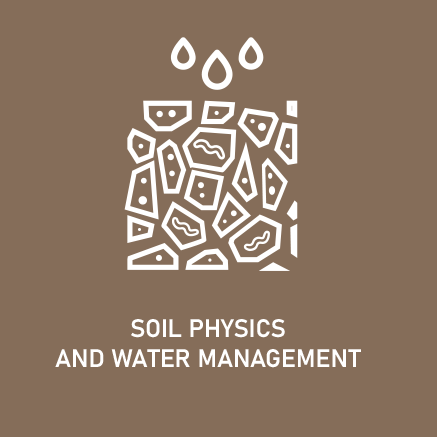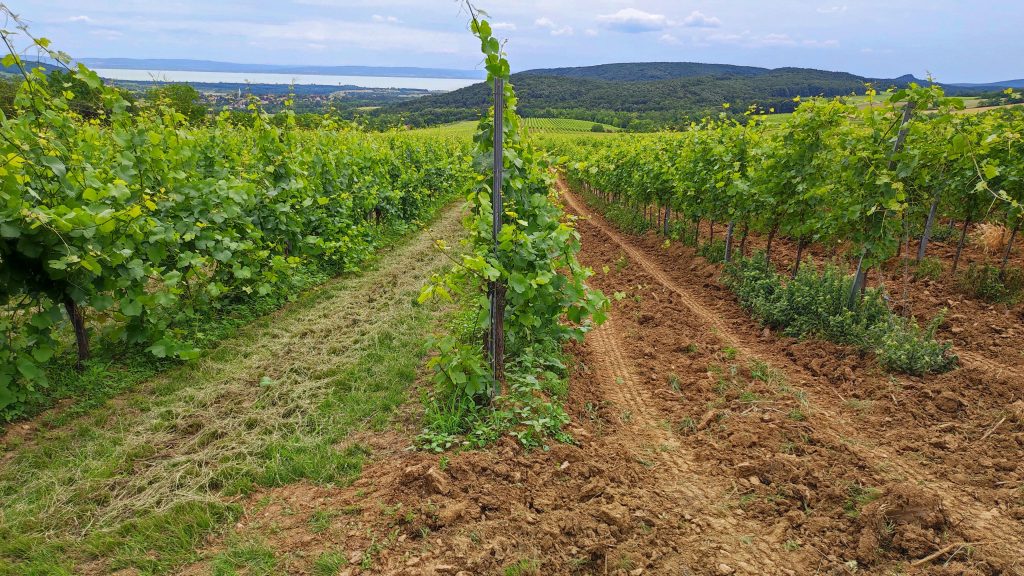The researchers of the HUN-REN CAR Institute for Soil Sciences investigated the effects of tillage practices and slope positions on soil-health and the two most important soil-derived greenhouse gas emissions, CO2 and N2O, for a vineyard in the Balaton Uplands. Intact soil samples were used from grass covered (A) and ploughed (B) slopes, simulating dry and rainfall conditions under laboratory conditions. The influence of different soil health indicators (soil organic carbon and nitrogen, pH, soil water content) on the emissions were also determined.
Soil CO2 and N2O emissions were higher on the grass covered slope compared to the ploughed soil due to the higher observed root biomass, soil moisture, and nutrient content, which indicates a more active soil life. Although higher emissions can be measured in the grass covered slope, the improved soil health is just as important for the conservation of our soils. The experiment also showed that heavy rainfall increases soil moisture content that in turn can lead to higher emission peaks. Slope position also affected greenhouse gas emissions, with higher values measured at the upper points. The emission values correlated the most with soil organic carbon, nitrogen content, and soil pH. These result can be a base for biogeochemical model calibrations and validations.












